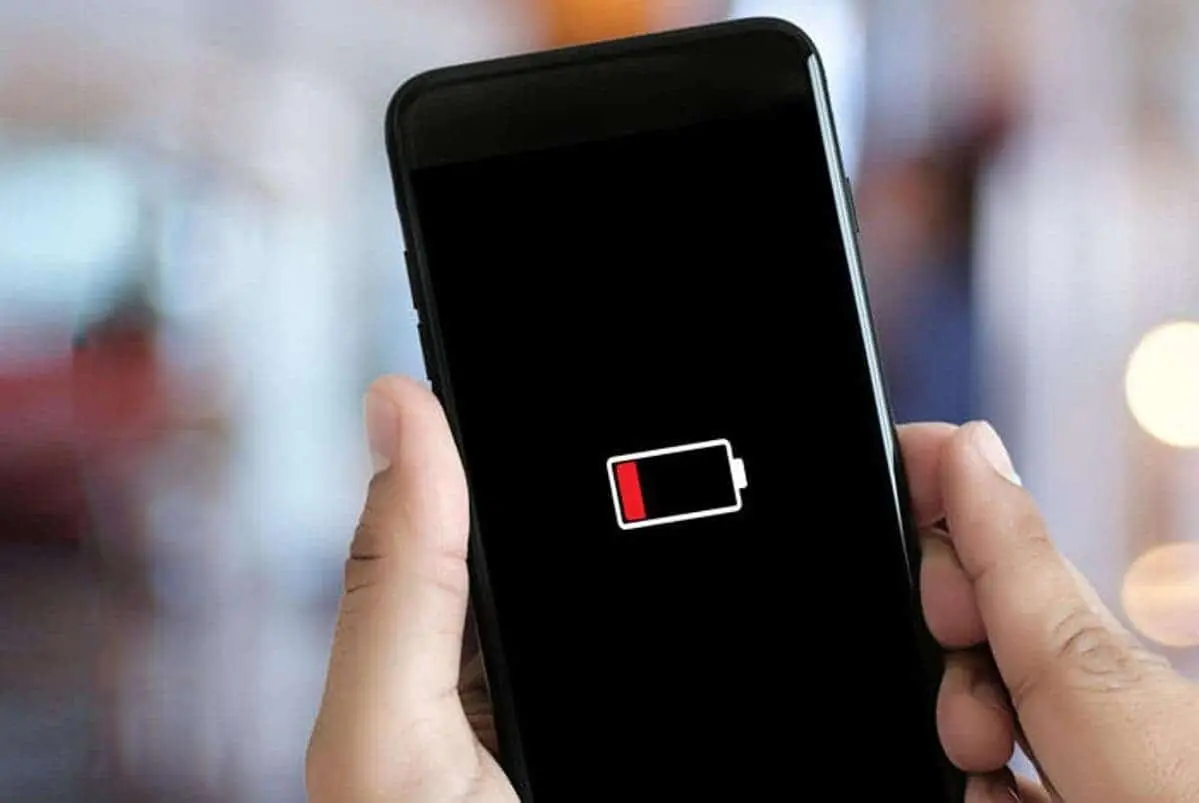Modern mobile devices are like hungry children in a candy store, sucking up power quickly before draining away as quickly as a rabbit would go bunny-hopping. To extend battery life and prolong its use, learning how to optimize charging cycles – small but regular top-ups work better for lithium batteries than full discharges – is key to prolong battery life.
Battery Charging Best Practices
When discussing battery life, it’s essential to keep in mind that lithium-ion batteries have finite lifespans – typically 500 full charges from 0% to 100% according to Battery University.
Over time, batteries degrade; the longer they’re used, the quicker their performance degrades. However there are ways to extend its lifespan, such as temperature management and software updates.
Keep in mind that it is best to charge your phone at room temperature; extreme temperatures can shorten its lifespan.
Use your smartphone’s optimized charging feature to extend its lifespan and maintain between 30-80% battery charge at all times. This function may help ensure optimal health.
Displays can be one of the biggest energy drains on mobile devices, so reducing their brightness or switching to dark mode when possible may save on energy consumption. Furthermore, setting screen timeout settings so the display turns off after shorter periods of inactivity like 15 minutes can also help conserve power consumption.
Temperature Management
Maintaining an optimal temperature on your device is vital to battery longevity, with ARM processors among the main sources of heat in modern smartphones being one of the primary contributors. Rising temperatures can cause power leakage and performance degradation, so designers employ various strategies such as processor throttling to limit its generation of heat.
Many devices feature a low-power mode that can be activated when battery levels become critically low, typically by dimming screen brightness and disabling non-essential features such as background app refresh. This mode helps extend battery life by preventing overcharging which damages its capacity.
Li-ion battery care requires more frequent partial charge cycles rather than full ones to preserve the lifespan and keep the voltage low – also better for overall battery health. In addition, store fully charged batteries at 50% capacity rather than full capacity for long periods as this could cause the plating of metallic lithium that could increase stress on cells; charge them back every six months instead!
Optimizing Screen Brightness and Timeout Settings
Battery drain can often come from mobile device displays, which consume a substantial amount of power. To conserve energy and save battery power, consider reducing screen brightness levels or shortening screen timeout duration as one way of saving power.
Unnecessary connectivity features like Bluetooth, GPS, and Wi-Fi can drain a battery quickly; turning these features off when not needed can significantly extend battery life.
Many modern smartphones include an automatic power-saving mode that can be activated through Settings > Battery > Power saving. This feature limits CPU performance, reduces screen brightness, disables touch key light feedback and vibration feedback feedback, and other measures to prolong battery life and help prolong its use.
An additional way to extend the battery life of your smartphone is using dark wallpaper, which can drastically cut back on energy usage from display panels. You should also limit background app refresh and automatic syncing as these also consume energy. Finally, periodically recalibrating your battery to match what the Android display reads can further extend battery life and increase performance.
App Usage and Background Processes
Apps that rely on mobile data to sync information, update content, or deliver notifications can consume too much power for their good. Many devices come equipped with features or third-party apps that can optimize background processes to reduce battery use while improving overall battery performance and RAM consumption.
Android’s battery optimization feature is an incredibly helpful way to monitor how much processor and memory resources your phone consumes. The system identifies your app usage patterns and divides them into active, frequent, rare, or never buckets for increased battery efficiency. These buckets also limit access to resources like CPU and limit their use by apps like Facebook.
For maximum background data savings, ensure your device is always connected to a Wi-Fi network whenever possible. This enables updates and downloads without eating into your mobile data allowance. Likewise, background app refresh can reduce overall mobile data usage – although bear in mind that some apps depend on this function – such as social media and streaming apps – for proper functionality.
Update Software Regularly
Software updates are intended to enhance performance on devices so users can get the most from their investments. They also address glitches and bugs that cause programs to crash. Over time, adopting updates will save time spent troubleshooting, extend device lifespan, and extend productivity.
Maintaining current software versions is also essential to security, with major companies employing employees specifically dedicated to discovering and fixing flaws before malicious hackers take advantage of them. Failure to install updates promptly leaves you vulnerable, so they must be installed immediately upon release.
Not updating software may seem tedious at times, but mobile devices offer the option of automatically installing updates. Therefore, setting your phone or tablet up this way and keeping it updated will not only extend battery life but could provide useful or fun new features that make using your device even better!
Power-Saving Mode and Battery Optimization Feature
Just a few simple things you can do to extend and preserve your mobile device battery’s lifespan and ensure its health: avoid full charge cycles (zero to 100%); instead top-up regularly between 80-90%. In addition, keep the device cool when charging to reduce heat stress and lengthen its lifespan.
An effective way to prolong the lifespan of your battery is by using a power-saving mode. Enabling this feature disables background app refresh, saving significant amounts of power and helping prevent lag and performance issues that could drain it further. Furthermore, some battery optimizers allow users to create customized power profiles based on individual usage needs; some can even help manage apps that eat up a great deal of battery power!
Storage Management
Modern smartphones and tablets are indispensable tools in our everyday lives, but they can also be drains of battery power. Large displays and premium features require ample energy consumption – but there are a few steps you can take to maximize battery life and extend the lifespan of your device.
One of the primary battery drainers is your display, so lowering its default brightness to an acceptable level can have a dramatic impact. Furthermore, shortening its time before turning off when not in use – both options can be found under Settings on iOS devices or the Display menu on Android phones.
Disable unnecessary push notifications that drain battery even when your phone is dormant maintain a small file count to ease strain on storage systems improve performance, and move large files off-device into cloud storage for extra space savings.
Conclusion
Battery lifespan can be diminished when exposed to multiple charging cycles, so if you frequently recharge and discharge (either fully then completely again, or leaving it plugged in overnight), try limiting how often this happens. Utilize optimized charging features (available on many newer phones) which “learn” from usage patterns and lower charge rates when they reach 80% for optimal health of the battery. Furthermore, extreme temperatures such as extreme hot or cold environments could shorten its life.
These tips will significantly extend your mobile device battery’s capacity. By changing settings, enabling battery-saving mode, and optimizing app configurations you can make the most of its performance and usage.

